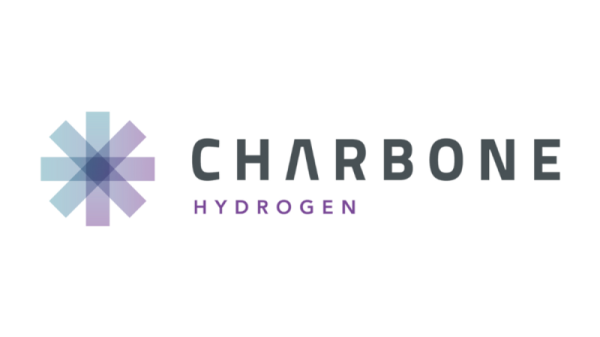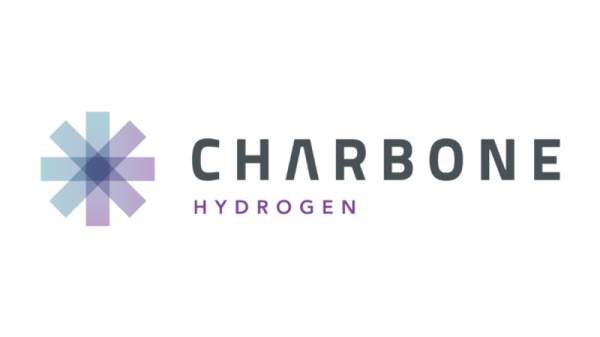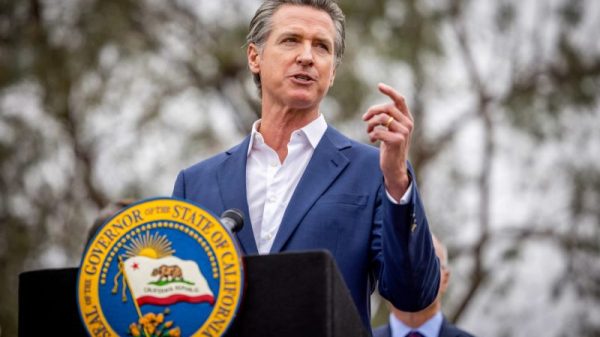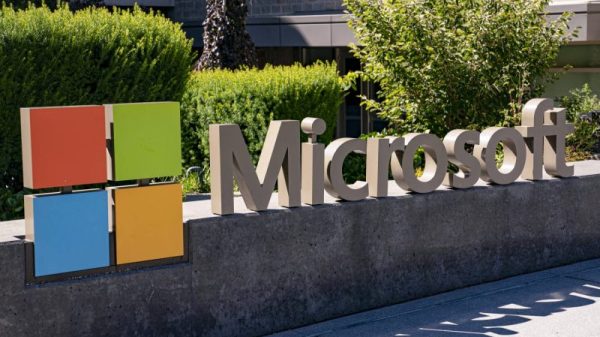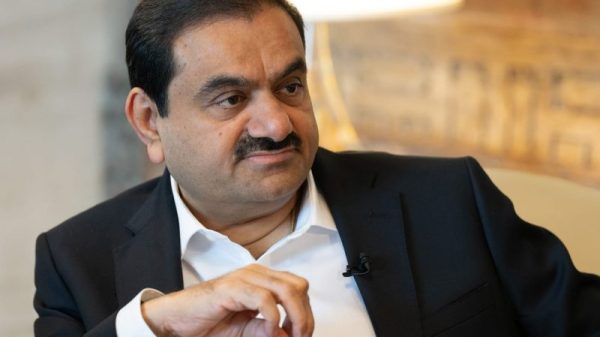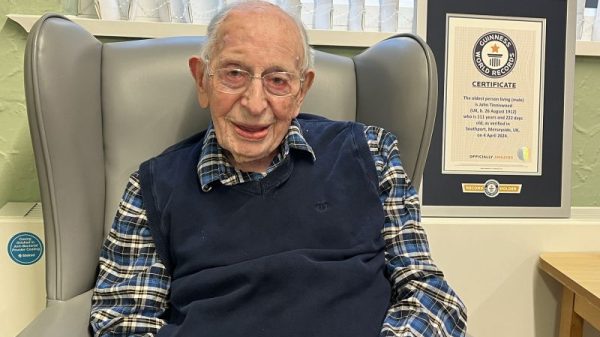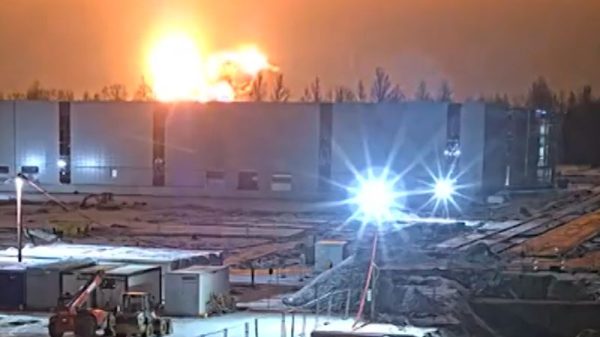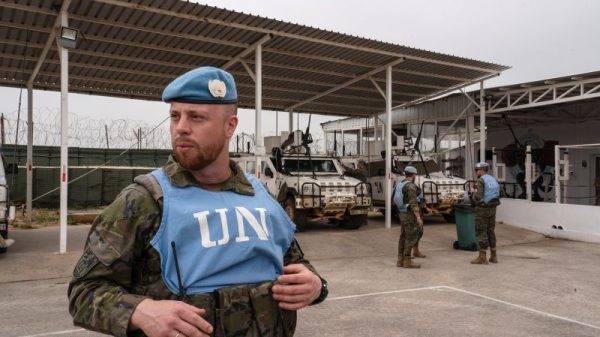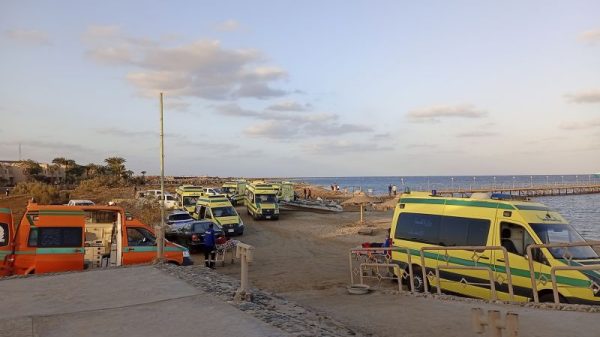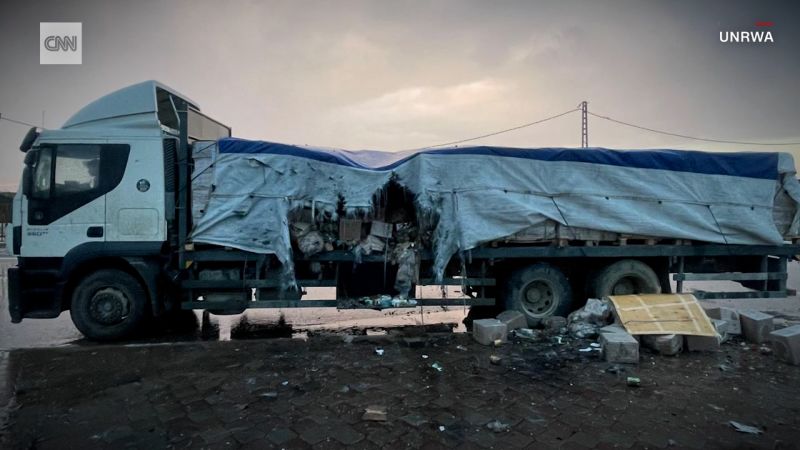No one in the convoy was hurt, but much of its contents – mainly wheat flour desperately needed to bake bread – were destroyed. Tracing the strike offers a window into the major challenges that humanitarian efforts face in getting aid to Gaza’s more than 2 million people – nearly 85% of whom are internally displaced – amid Israel’s nearly five-month bombardment of the strip.
It is one of multiple incidents where aid convoys, as well as warehouses storing aid, have been hit since the war began.
Israel launched its bombardment and ground invasion of the Gaza Strip after Hamas’ October 7 terrorist attack, in which at least 1,200 people were killed, and more than 250 others taken hostage. More than 29,000 people have been killed in Israeli attacks on the strip, according to the Ministry of Health in Gaza.
In the wake of the strike on February 5, UNRWA decided to stop sending convoys to northern Gaza. The last time the agency was able to deliver food north of Wadi Gaza – a strip of wetlands that bisects the enclave – was on January 23. The UN estimates that 300,000 people are still living in northern Gaza, with very little assistance. Acute malnutrition has already been identified in 16.2% of children there, above the threshold considered critical, according to the UN.
The convoy, consisting of 10 aid trucks and two armored vehicles marked with UN insignia, started its journey in the early hours of February 5. UNRWA said the journeys are undertaken early in the day to avoid the trucks’ contents being raided along route by those desperate for food.
Setting off from the south of Gaza, the convoy travelled up Al Rashid Road, which follows the coastal edge of the strip. The road has been the main route permitted by the Israeli military for humanitarian convoys and evacuations since January.
At 4:15 a.m., the convoy reached a designated IDF holding point on Al Rashid Road, according to the UNRWA internal incident report, where the trucks sat stationary for over an hour. At 5:35 a.m., naval gunfire was heard, and the truck was hit, the report said.
The agency said that before setting out to deliver aid, it had coordinated in advance with the Israeli military, agreeing the route it would take – as it always does.
Email correspondence between UNRWA and COGAT, the Israeli military agency overseeing activities in the Palestinian territories, which supervises humanitarian relief, also shows an agreement for the convoy to take Al Rashid Road.
“We share with the Israeli army the coordinates of the convoys, and the route of that convoy,” Touma said. “Only when the Israeli army gives us the okay, the green light, does UNRWA move. We don’t move without that coordination.”
She said that the purpose of this coordination, called the deconfliction process, is to ensure aid convoys do not get hit.
“Gaza has become very fast one of the most dangerous places to be an aid worker in,” Touma said. “It is an extremely complex environment to operate in. Quite often our teams are forced to deliver humanitarian assistance under fire.”
UNRWA’s head legal advisor for Gaza, Philippa Greer, said she was on the convoy when it was hit and posted on X to say that the team were “extremely lucky” no one was injured.
Afterwards, the convoy still requested permission to proceed through an Israeli checkpoint that supervises entry into northern Gaza, but it was denied entry.
COGAT says that items deemed “harmful” are blocked from entry.
“Israel facilitates entry of any and all humanitarian aid with special emphasis on food into the Gaza Strip following a process of supervision and control to ensure that indeed the goods being transported are humanitarian aid and not other materials that will be harmful to Israel’s security,” it said in a newsletter on January 14.
Half of UNRWA’s aid mission requests to northern Gaza have been rejected since the start of the year, according to the agency. Severe delays make other journeys that are permitted no longer viable.
The World Food Programme announced in a statement on Tuesday that it too would pause missions to northern Gaza “until conditions are in place that allow for safe distributions.” This came after another convoy was reportedly met with gunfire in Gaza City.
Challenges to aid delivery
Aid missions are being further complicated by several other factors – from UNRWA’s impending loss of funding, to the Israeli military’s looming offensive in Rafah and reports of harassment of humanitarian workers.
UNRWA, the largest aid agency on the ground in Gaza, has been facilitating much-needed aid deliveries into Gaza from Israel and Egypt. Their operations have been under pressure in the wake of accusations that emerged in late January from Israeli intelligence that 12 of UNRWA’s staff were involved in the Hamas-led terror attacks on Israel on October 7.
The agency terminated their contracts and launched an investigation. But the accusation still prompted multiple UN member states to withdraw funding and as of February 12, UNRWA had lost 72% of the required $1.2 billion it needs to cover humanitarian missions until the end of March.
Amid funding shortages, aid operations in the south have become increasingly dangerous. In the past few weeks, Israel has begun intense aerial bombardments of Rafah, the southernmost part of the strip where the majority of Gaza’s population has fled, and now plans to intensify its ground operation, a move the French NGO, Médecins Sans Frontières, or Doctors Without Borders, has said would be “catastrophic.”
Meanwhile, there have been reports of humanitarian workers getting detained and abused by IDF soldiers while passing through these checkpoints. During one mission to transfer patients in early December, a member of the Palestine Red Crescent Society (PRCS) in a World Health Organization convoy was detained, according to a UN report of the incident.
“He said he was harassed, beaten, threatened, stripped of his clothes, and blindfolded. His hands were tied behind his back and he was treated in a degrading and humiliating manner. Once released, he was left to walk towards the south with his hands still tied behind his back, and without clothes or shoes,” the report said.
Israel’s treatment of aid workers and their convoys will be scrutinized further when the International Court of Justice (ICJ) holds public hearings between February 19 and 26. The court ordered at the end of January that Israel “must take immediate and effective measures” to provide humanitarian access to the strip.
Craig Jones, a lecturer at Newcastle University in the United Kingdom who has written a book, “The War Lawyers,” examining the legality of the IDF’s past operations in Gaza, says he thinks it’s unlikely Israel has met the ICJ’s criteria.
As Israel’s military offensive continues to squeeze Gaza’s population into smaller and smaller fractions of the strip, the humanitarian situation grows increasingly dire.
“Just like everyone is saying that there is no safe place,” Jones explained. “There is also no safe route into Gaza for this aid, and for the humanitarian workers carrying it.”
Gianluca Mezzofiore and Jennifer Hansler contributed to this report.


